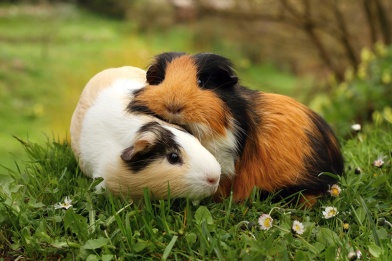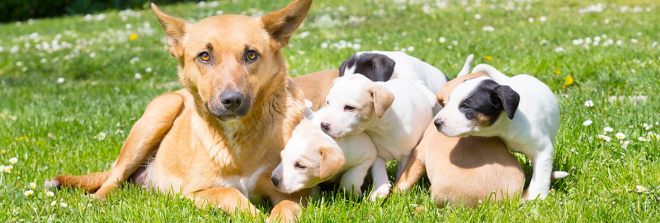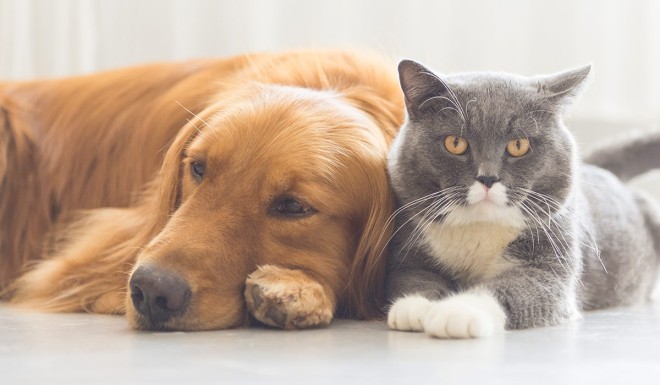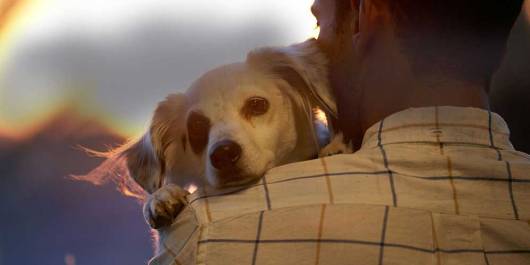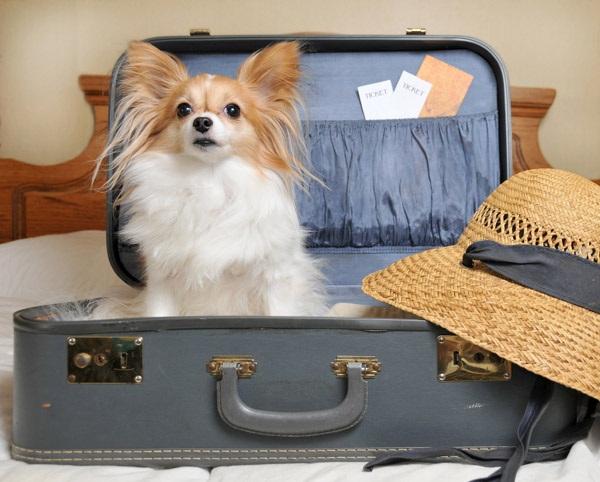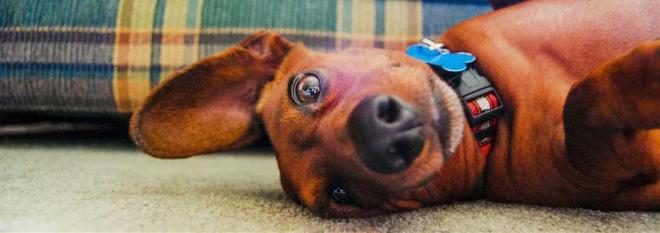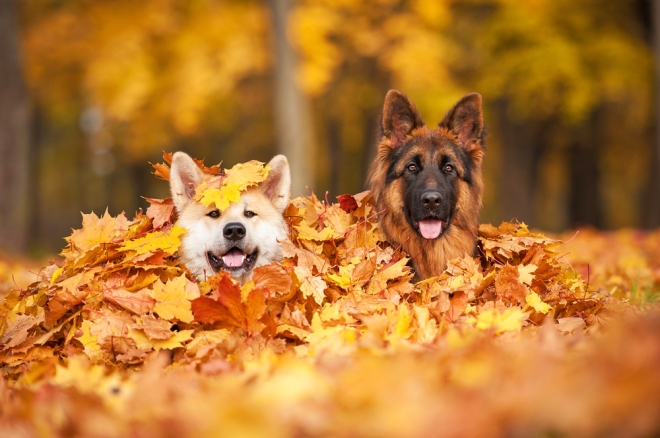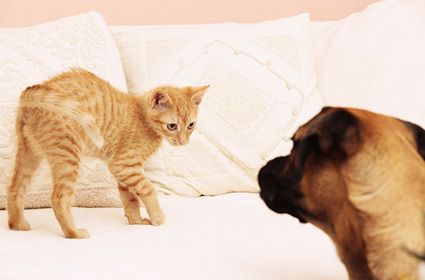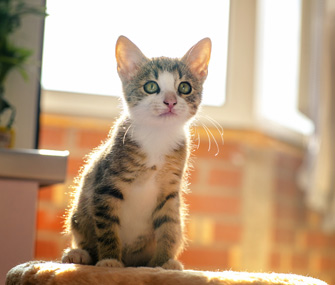
When it comes to washing pet bowls, there is a lot of conflicting information out there. How often should you wash? What should you wash the bowls with? Where should you wash? Everybody seems to have an opinion. So we’ve decided to go straight to the experts to find out what they think about pet bowl hygiene, foodborne disease prevention and their best practices to protect the health of humans and animals in the household.
Bacteria in the Bowl
Not only should you wash your pet’s food bowl with hot, soapy water after every meal, and wash water bowls every couple of days, but William (Bill) Burkholder, DVM, PhD, DACVN, and Charlotte Conway, MS, from the Center for Veterinary Medicine at the Food and Drug Administration, or FDA, also recommend washing your hands with hot water and soap before and after handling your pet’s food to help prevent passing any contamination.
“The FDA doesn’t regulate pet food bowls; however, we do regulate pet food. Just like with people food, pet food that’s left out too long can grow bacteria,” Burkholder and Conway comment.
Because pets eat directly from their bowls, Burkholder and Conway warn that the microbes that normally live in your pet’s mouth can be transferred to any leftover bits of food in the bowls the pet eats and drinks from, creating an area where the bacteria can flourish.
“What kind of bacteria grow in the bowls depends on factors like the environment, exposure and oral hygiene of the animal, but possible examples include Staphylococcus aureus, Pasteurella multocida and different species of Corynebacterium, Streptococcus, Enterobacteria, Neisseria, Moraxella, Bacillus and, less frequently, Salmonella and Pseudomonas.”
Some of these microbes are potentially dangerous to pets and humans, and can be especially dangerous to the very young, the very old and immunosuppressed persons.
Handling Open Food
How long to leave out canned or moist food is a common question from pet owners. Dogs and cats don’t always eat the entire can, and food safety is always questionable when food is left out. Burkholder and Conway weigh in, “The length of time that food can be left out safely depends on a number of variables. Uneaten or open canned/moist food should be covered and refrigerated as soon as possible. As a general rule of thumb, do not leave open canned/moist food sitting unrefrigerated (e.g., in your pet’s bowl or on the counter at room temperature) for more than two hours. This is when bacteria in food can multiply rapidly and lead to foodborne illness.”
Dry food and dishes should be handled similarly to canned food. The FDA recommends storing dry pet food in its original bag inside a clean, dedicated plastic container with a lid, keeping the top of the bag folded closed. Ideal storage conditions are a cool, dry place — under 80 degrees Fahrenheit. It’s also a good idea to wash your hands after handling dry food and use a scoop that is dedicated just for pet food. The FDA also recommends keeping pets away from food storage and preparation areas, garbage and household trash.
Tips on Cleaning the Dishes
Another common question from pet owners is whether or not to use bleach on pet dishes. “Dishes can be effectively washed with hot, soapy water,” Burkholder and Conway comment. “As an extra precaution, you can use a solution of one tablespoon of unscented, liquid chlorine bleach in one gallon of water to sanitize washed surfaces and utensils.”
According to the FDA officials, the important thing is that the dish or bowl gets cleaned and does not have residual food or film adhering to it, whether it is washed by hand or in a dishwasher. The dishwasher can be a useful alternative to hand-washing for dishwasher-safe bowls, but food residue remaining on the dish or bowl can still harbor bacteria that can go on to multiply after washing.
Michael San Filippo, a spokesman for the American Veterinary Medical Association (AVMA) agrees that it’s generally fine to load pet dishes in the dishwasher with other dishes. Washing them regularly will prevent the growth of bacteria that can make both you and your pet sick. However, if you have a baby or a family member with a suppressed immune system, you should probably run a separate load or use the dishwasher’s sanitize cycle, just to be safe.
A Caution on Biofilm
Biofilm is a grouping of different types of bacteria that can grow on the walls of a pet’s water bowl. Some sources say it is beneficial; others say to scrub it off. FDA officials Burkholder and Conway recommend you treat your pet’s water bowl like you would your own drinking glass — thoroughly washing it with hot, soapy water (by hand or in the dishwasher) at least every day or two.
A Note on Salmonella
There have been several recent outbreaks of pet foods recalled due to contamination with Salmonella. This microbe can not only make your pet sick, but it can cause your pet to become a long-term carrier of a bacteria that can sicken humans. In addition, raw food is a potential carrier of harmful bacteria, and any pet owners who choose to feed raw food should take proper precautions, including thoroughly disinfecting any surface used to prepare raw ingredients, and washing food bowls and utensils daily. According to the Centers for Disease Control and Prevention, children under 5 years should not handle pet food or treats since their immune systems are still developing. Furthermore, adults over age 65, people with weakened immune systems and organ-transplant patients are also at an increased risk for getting seriously ill from Salmonella.
Here’s the bottom line: If you’re guilty of leaving your pet’s food and water bowls out for days without cleaning them, you run the risk of spreading dangerous bacteria and contracting a foodborne illness. Clean out your animal’s excess food and wash the bowls in hot, soapy water or pop them in the dishwasher after every meal. It might be a good idea to have several food and water bowls on hand, so you’ll always have a clean one ready for the next meal. And don’t forget to wash your hands every time you handle pet food
